Terry begonia varieties and tips for growing it
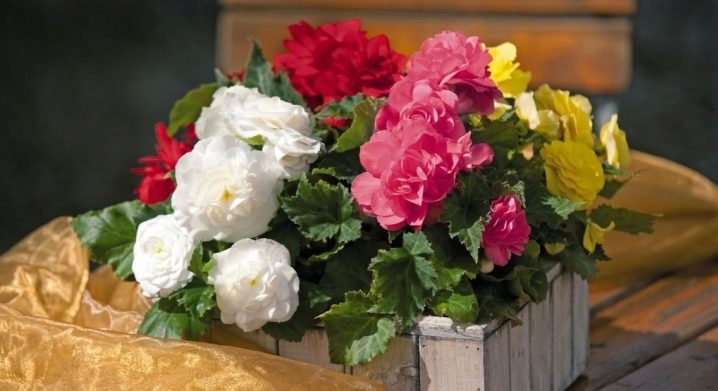
Each gardener strives to enrich his garden with various varieties of flowers, whose variety and beautiful appearance will not only decorate the site, but will also delight their owner and his loved ones. The most popular in recent years are terry begonia varieties. Its beautiful appearance, rich color of petals, as well as easy maintenance make it one of the main favorites of both avid gardeners and beginners.

Peculiarities
Terry begonia is especially common in the subtropical zone. Its homeland is considered to be Africa and India, from where in the 17th century it was actively imported to Europe to decorate flower gardens of noble persons with it. Since then, various varieties of this flower have been bred, which can perfectly take root in the climatic conditions of the temperate zone of Russia. The main feature of this plant is its appearance. Begonia buds are very reminiscent of rose flowers - the same multi-layered and delicate.
However, terry begonia, unlike most varieties of roses, is less picky in terms of care, so many flower garden owners prefer this particular flower for growing.
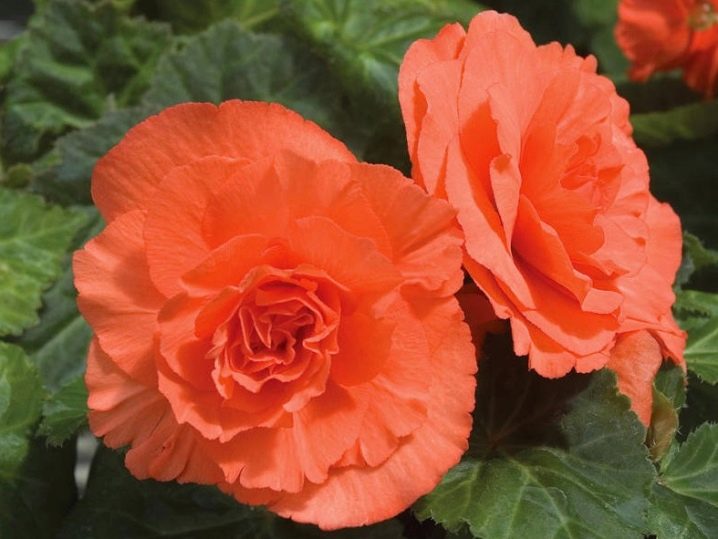
The plant is distinguished by a neat compact bush, as well as large buds, whose petals have a double edge. The flowers themselves can have a different shade depending on the variety. Traditional classic varieties tend to have red, white or yellow buds, while newer ones offer gardeners to decorate their plot with pink or orange begonias. At the same time, the color of the petals can be uneven, which, in combination with the terry edge, makes the appearance of the bush even more interesting. The leaves of the plant themselves are large in size and carved edges, which is an additional decorative highlight of the plant. Thus, the buds on their background look more delicate and fragile. In some begonia varieties, the leaves are reddish or streaked.
Often, this flower is also actively used by designers to create beautiful flower arrangements and a festive mood at major celebrations.
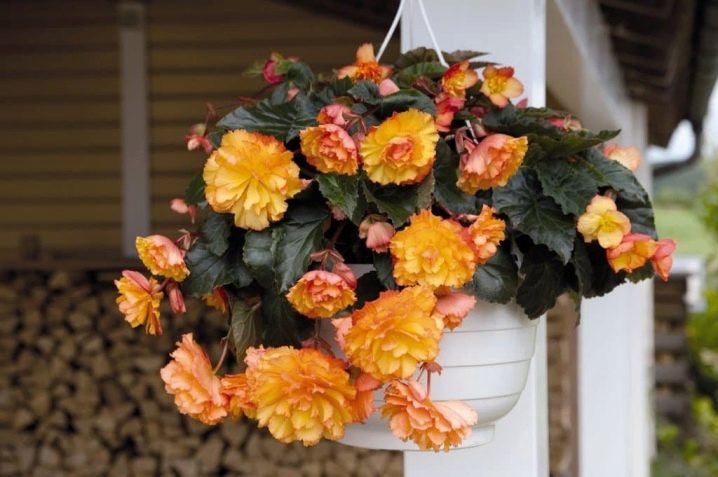
In begonias, as they grow, two same-sex flowers are formed - male and female. It is the male buds that have a double edge and perform the main decorative function, while the female ones are necessary for the further reproduction of the plant - they have a seed capsule on them. Most varieties are planted in open ground in late spring, when the soil has already warmed up enough. The plant blooms all summer, and some varieties of begonias, for example, ever-flowering ones, can delight the owner with their flowering until the onset of winter, and in regions with a warm climate - all winter. Begonia can be grown not only outdoors, but also at home.
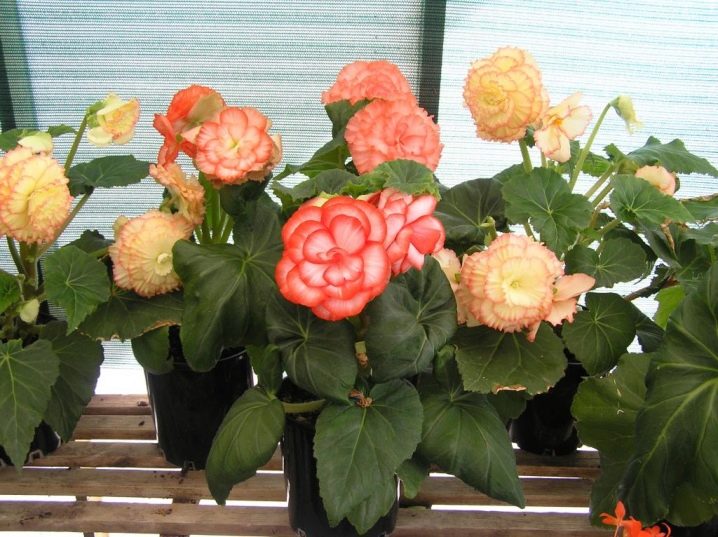
Views
Depending on the variety, terry begonia may differ in the structure of the root system into the following types:
- tuberous - more suitable for planting at home;
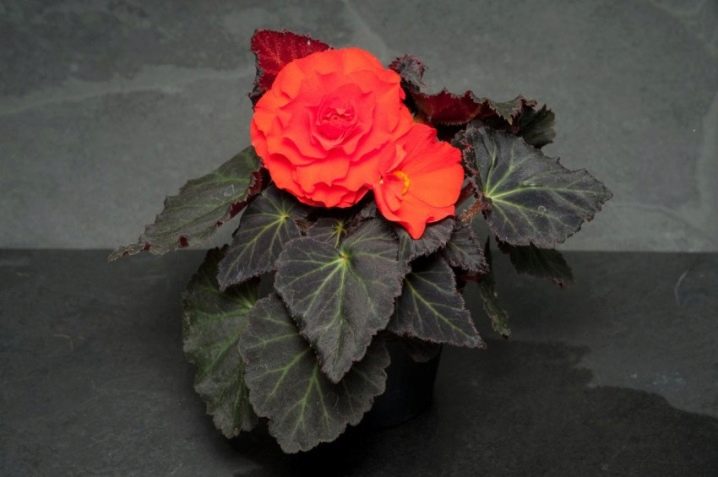
- bush - more often used for decorative purposes in large areas.
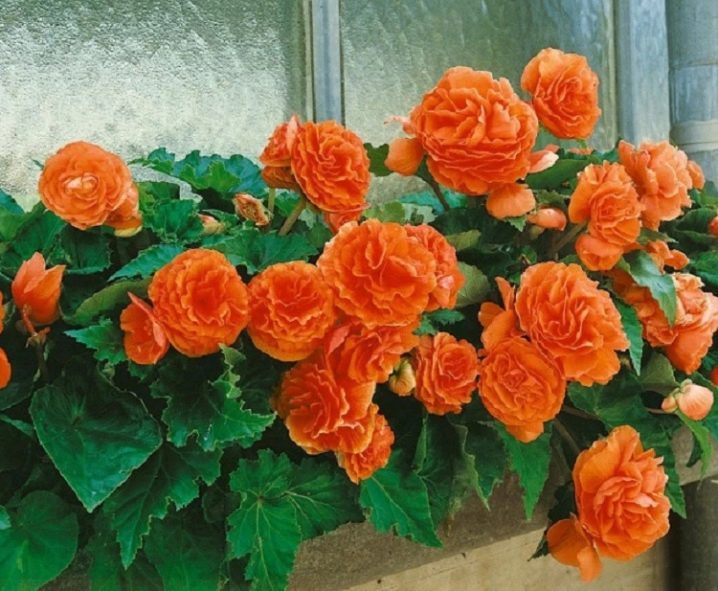
There are varieties with an ampelous type of plant and an ordinary one. The ampel variety is more suitable for planting on hedges or at home, since it will take up less space. If we take as a basis the classification of terry begonia of the famous specialist in the field of decorative gardening V.V.Vorontsov, the following main plant varieties can be distinguished:
- deciduous decorative;
- bush;
- tuberous;
- beautifully flowering.
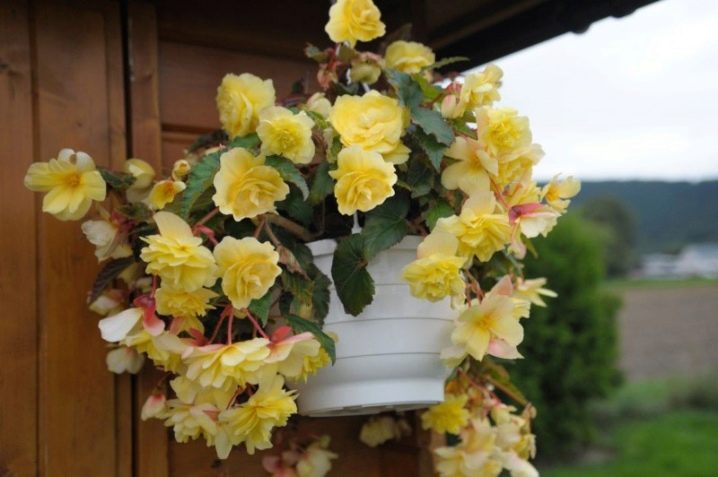
Deciduous begonias are common varieties and are most often used to fill in empty areas of the garden, and they are often planted in pots to decorate the windowsill and refresh the greenery of a private city apartment. Terry begonias are the most common among the last three varieties. It is worth taking a closer look at the most popular varieties.
"Dreamland"
It is a very common variety preferred by many experienced flower gardeners. It is distinguished by beautiful neat buds, which in their structure resemble camellia flowers. Thanks to the light terry on the edges, they look airy and very feminine. Flowers of this variety are an excellent option for decorating a site, therefore, they are most often used by landscape designers in their projects. Ever-flowering begonia, planting is carried out by cuttings. Maintenance is quite simple and does not require a lot of effort. The color of the bud can be any. The most common plants of this variety with white or pink flowers.
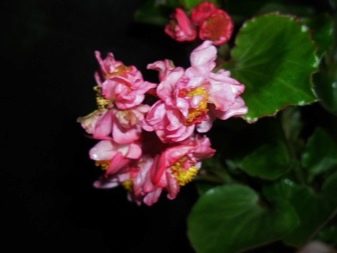

"Fiona"
This variety has very delicate translucent buds. Together with terry cloth, they create an interesting impression. This variety is perfect for decorating a garden and a summer cottage, and will also attract admiring glances from guests. The bud color is bright, does not fade. They usually have a deep pink or light orange hue. The leaves are dark green, smooth, rather large, in combination with flowers they look very impressive.
Depending on the subspecies of this variety, it can be an annual or ever-flowering plant.
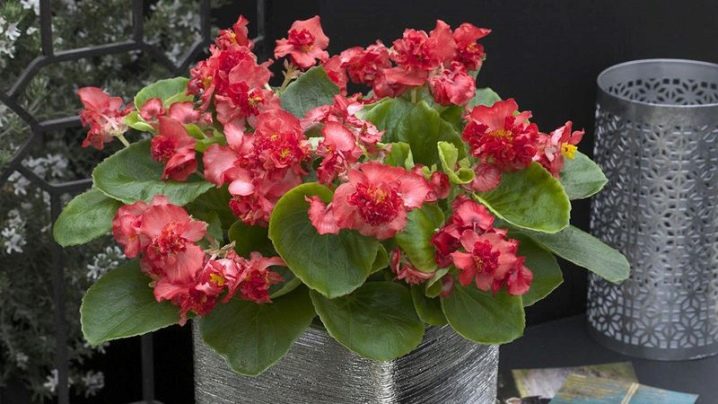
"Queen"
This is a perennial shrub. It is the most suitable option for planting in large vases and flower beds. The flower is neat and medium-sized, also suitable for indoor cultivation. The buds are half-open, in appearance they resemble rose flowers. They look extremely attractive and are actively used to create a romantic mood. They are often used by designers to create the right atmosphere for large celebrations. "Queen" is represented by several subspecies, which can be of three colors - white, red or orange.
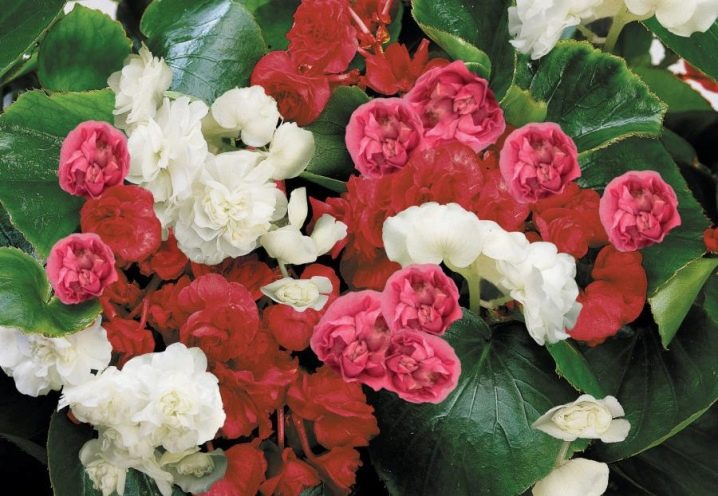
Yellow
This variety will help create a bright accent on the site due to its large, rich yellow buds. Terry edges give them a special charm, thanks to which the plant is very popular with many summer residents. Yellow leaves have a neat appearance and are distinguished by a dark green color, which is in perfect harmony with the color of the bud. Most often, this variety is grown in spacious pots that decorate the site.
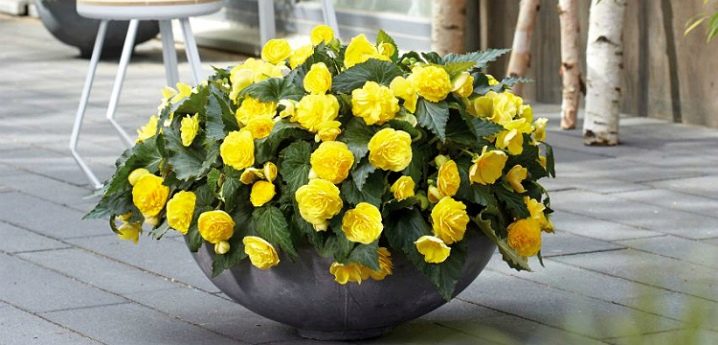
Fire Coral F1
In search of an unusual flower, experienced landscape designers recommend paying attention to the densely doubled annual Flame Coral F1. Its bud is distinguished by a bright fiery color that shimmers from light to rich orange. Thanks to the large amount of terry, the flower looks more impressive and really gives the impression of a flower on fire.

Most varieties of terry begonias are great for growing not only in the open field, but also at home. Indoor begonia is unpretentious and quite easy to care for - you just need to create the necessary conditions for its growth and development.
Care
Most varieties of terry begonias do not tolerate temperatures above +25 degrees, so it is recommended to grow it at room temperature. The best option for plants with delicate buds are flower beds with the ability to adjust the temperature and humidity. However, the experience of Russian gardeners shows that annual begonias take root well in the open field of a temperate climate.
When choosing a place for growing, it is worth taking care in advance that the flower is hidden from direct sunlight, and also not in a draft. Clay soil and closely spaced trees, tall shrubs are optimal conditions for its high-quality development.
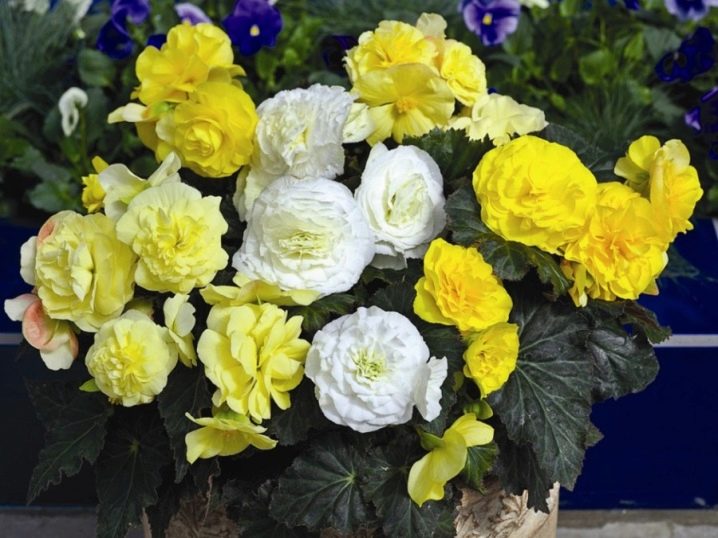
If begonia is grown at home, then it is not recommended to keep it on the windowsill all the time. Deep vases or decorative pots on a stand, which will be placed in a well-lit place, are best suited for growing it at home. Watering should be regular and moderate - 2-3 times a week. However, on hot days, its volume must be increased to prevent a lack of moisture and further wilting of the plant. And also it is necessary to carry out timely feeding of begonias. For this, a special store complex or natural mineral fertilizers are suitable.
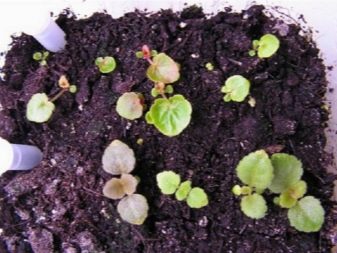
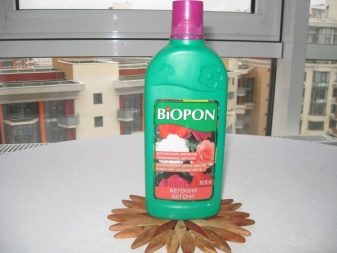
Transfer
The root system of terry begonia develops quite quickly and requires a lot of free space for further development. That is why the perennial plant must be transplanted at least once every 3 years in larger pots.
If begonia is grown in the open field - at least 1 time in 4-5 years to another place of the site, in order to prevent the intertwining of the begonia root system with neighboring flower shrubs and its further nutrition at their expense.
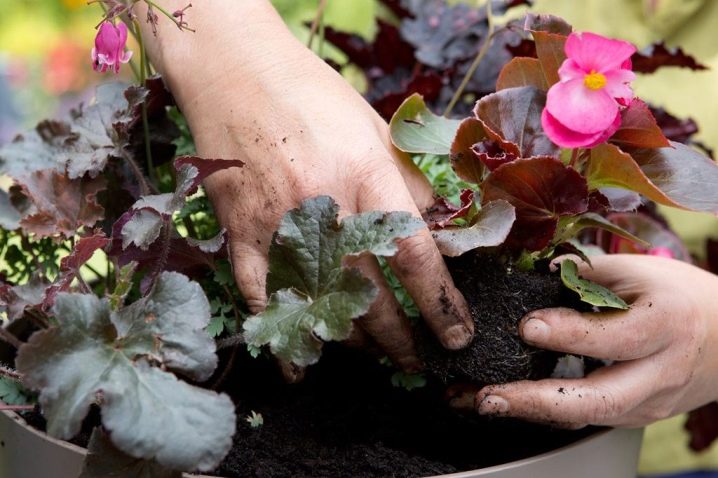
Reproduction
Depending on the variety, the reproduction of terry begonia can be carried out in several ways.
- Cuttings. This type is the most common. At the beginning of spring, it is worth cutting several cuttings from an adult developed plant in advance and placing them in water. Further planting in the fed soil is carried out by the cutting that will start up the most branches.

- Seeds. It is necessary to sow seeds in late autumn or early winter. They must be laid out on the surface at a distance of 3-5 cm from each other, do not sprinkle and cover with foil. Additional lighting will help accelerate the growth of future shoots, which need to be ventilated in a timely manner.
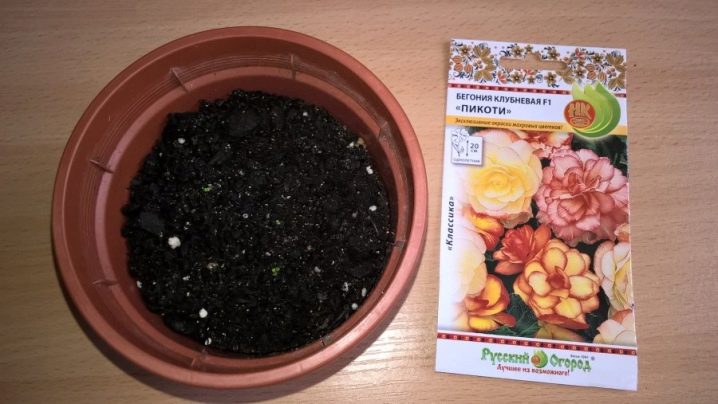
- Tubers. Tuberous terry begonias should be propagated in early spring. With a sharp knife, the tuber is carefully cut between the segments and laid out on cheesecloth. After a few hours, when the tuber dries up a little, it is wrapped or immersed immediately in the ground, removed to a warm place for the first shoots to appear. When the roots appear, begonias are planted - the tubers are half covered with soil and watered abundantly. When they sprout, they are completely covered with soil. Further planting in pots or open ground is carried out at the beginning of summer.
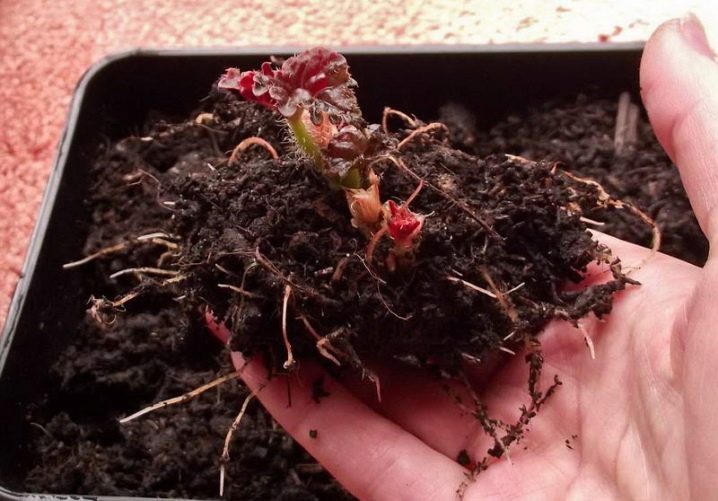
Diseases and pests
Terry begonia is a rather delicate flower, therefore with improper care and lack of timely processing, it can be exposed to various diseases and pests.
- Gray rot. Gray bloom and light spots indicate the appearance of this disease.
It develops, as a rule, in conditions of high humidity and temperature. It is necessary to normalize the growing conditions of begonia, as well as to treat it with a special solution.
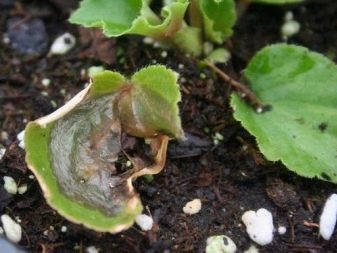
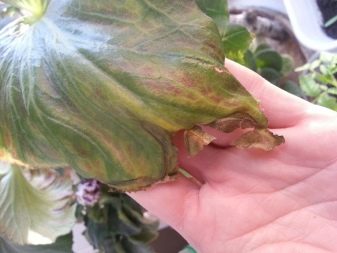
- Powdery mildew. It is characterized by a white bloom on the leaves and their gradual wilting. Damaged leaves are removed, and the rest are treated with a special tool.
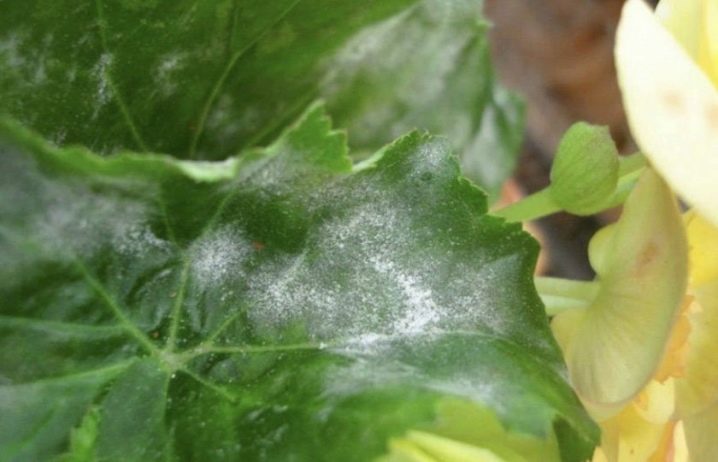
- Spider mite. This is indicated by the presence of thin cobweb threads that encircle the leaves and stems of the plant. In this case, it is necessary to increase the humidity of the air, as well as to carry out wet cleaning of the plant.


- Aphid. The leaves and stems of the plant become too soft and slippery. Against aphids, you can purchase a special remedy or treat begonia with onion infusion.
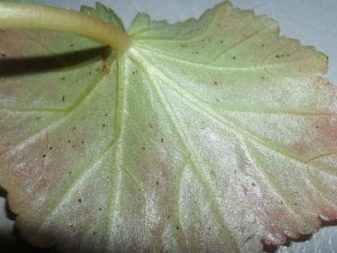
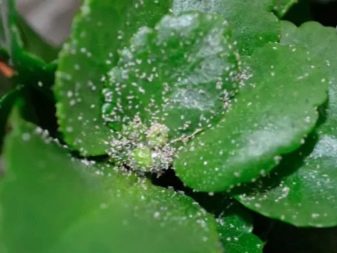
The most important condition for the healthy development of a plant is compliance with the correct conditions for its maintenance. Regular grooming will help you avoid these problems.
See the video below for tips on growing begonias.































The comment was sent successfully.